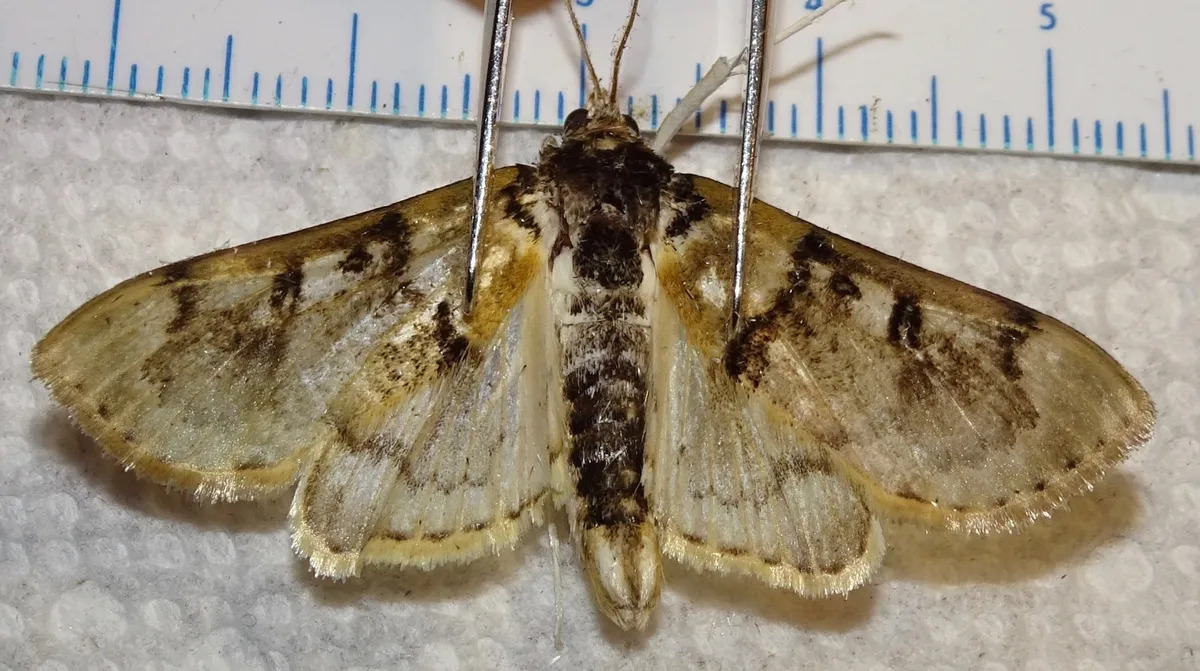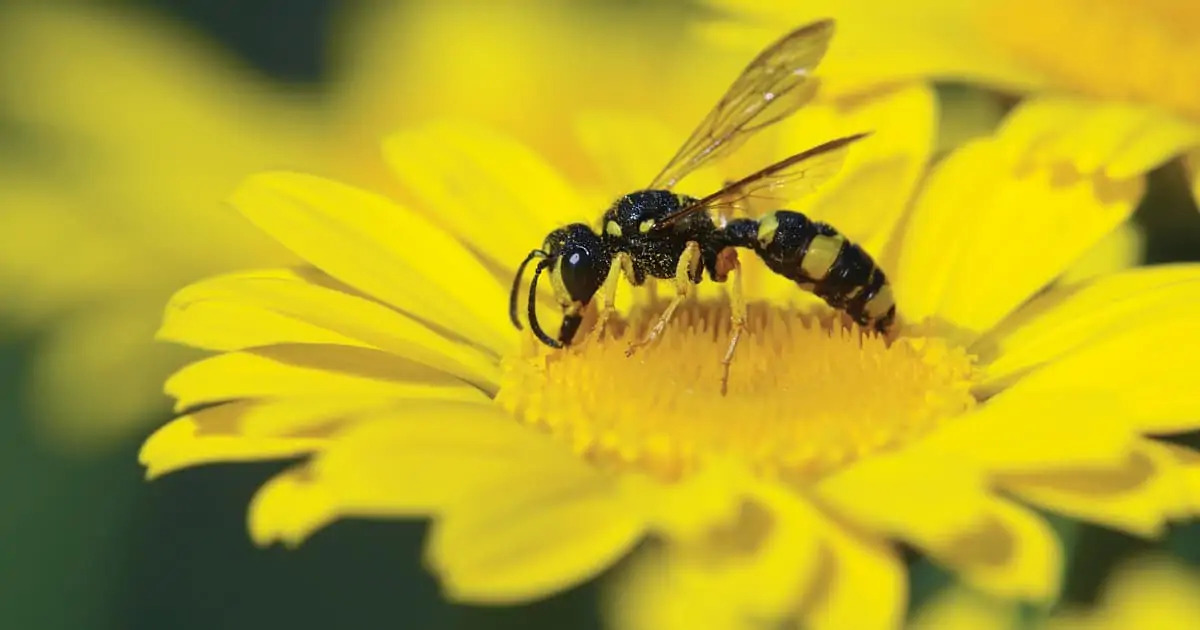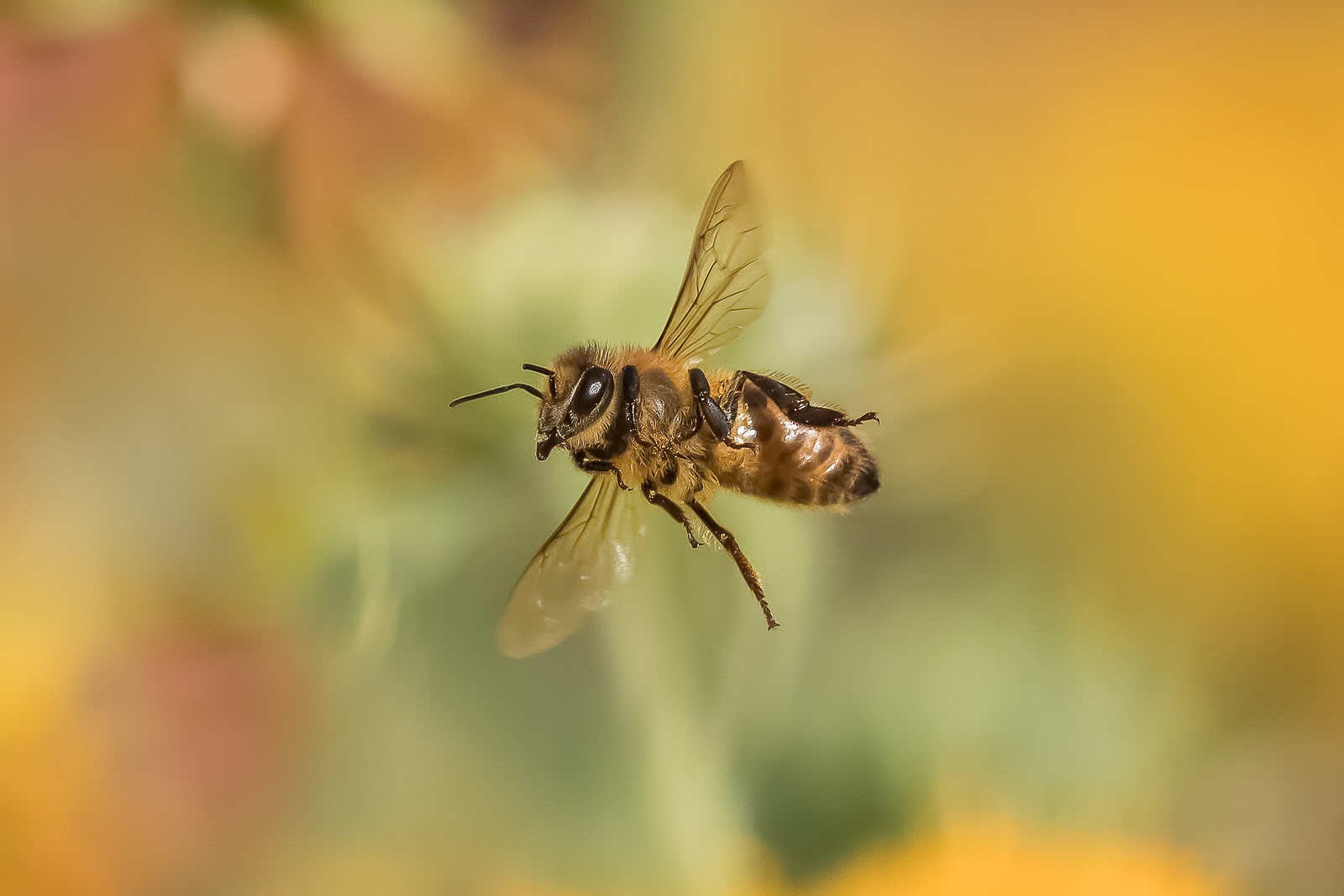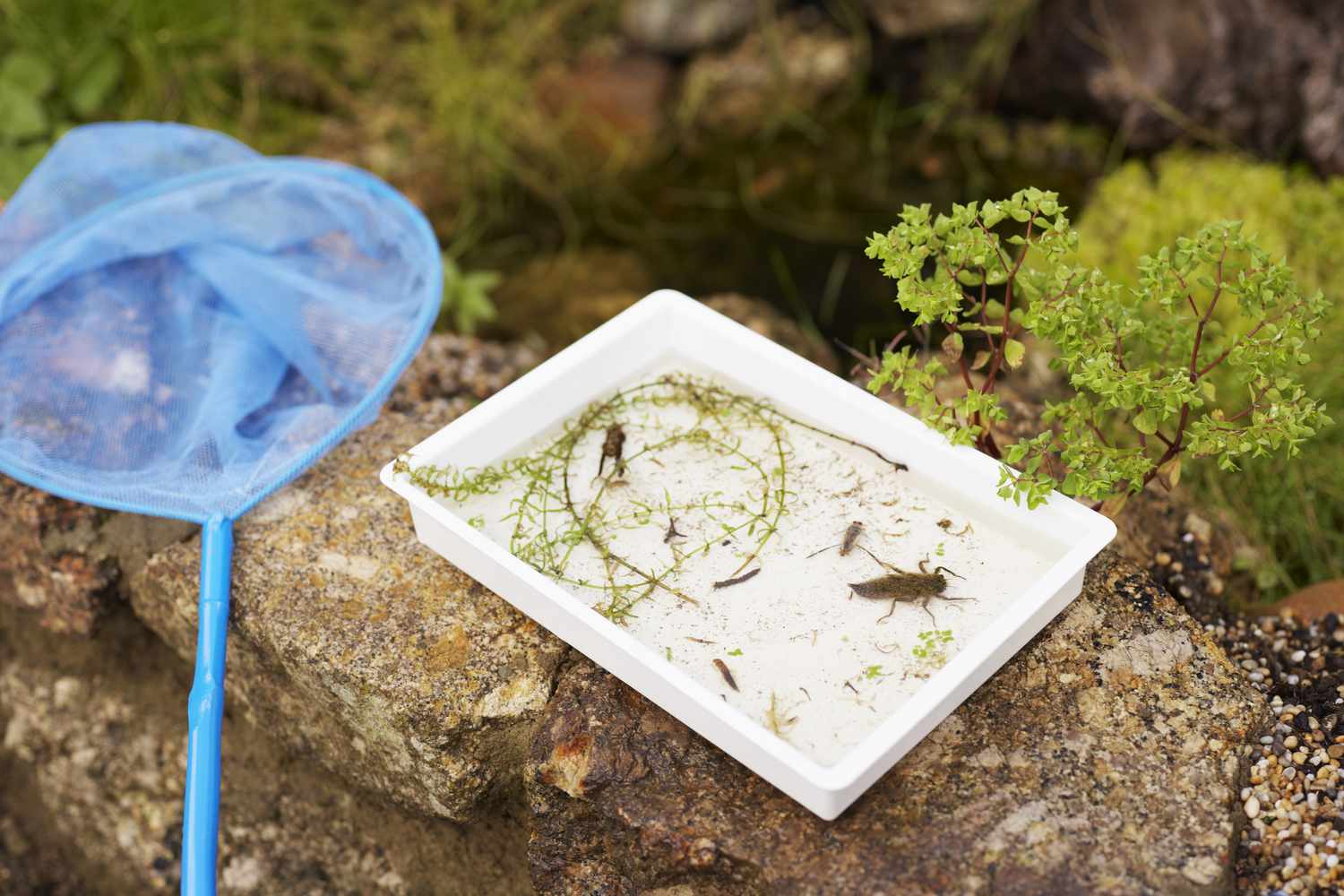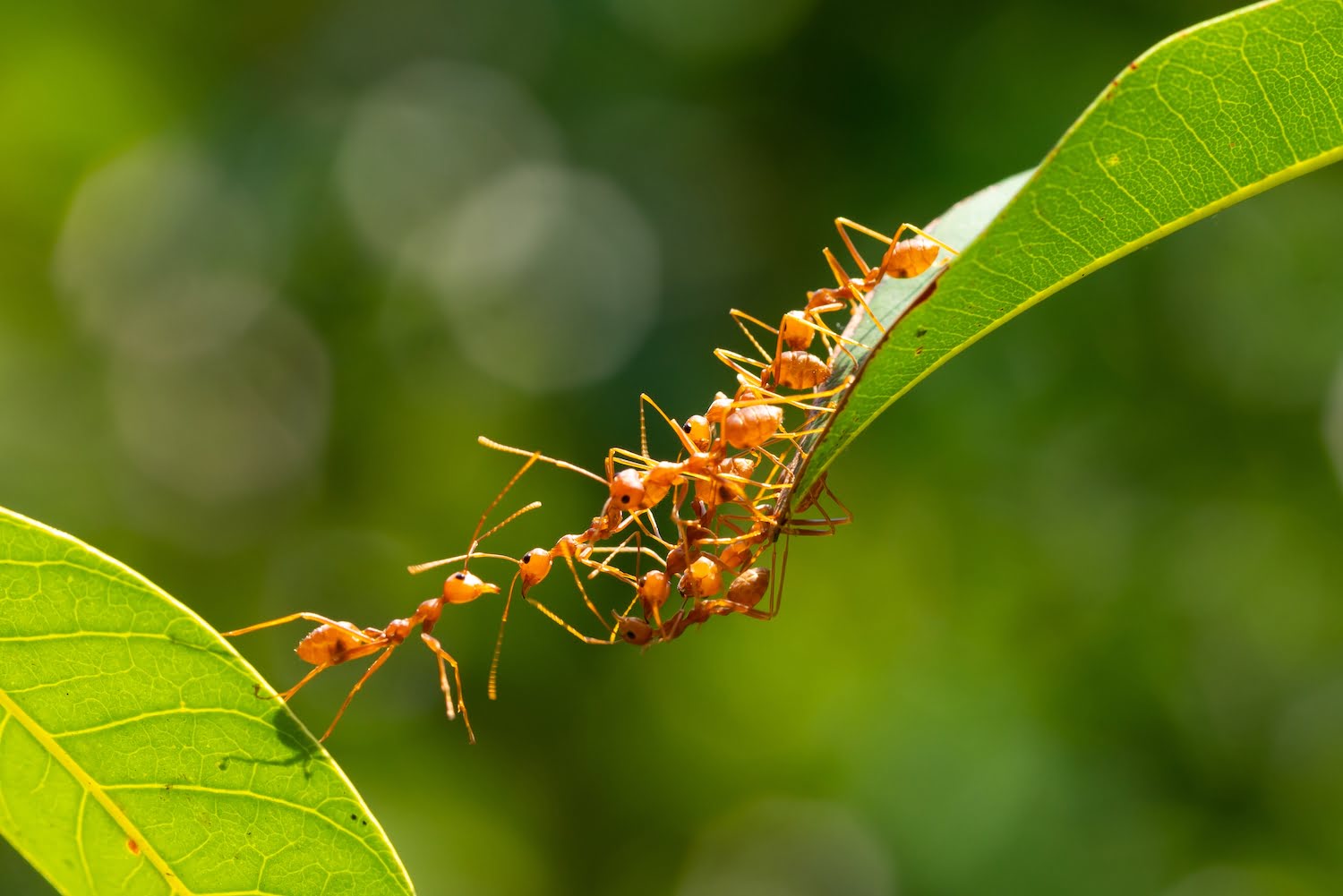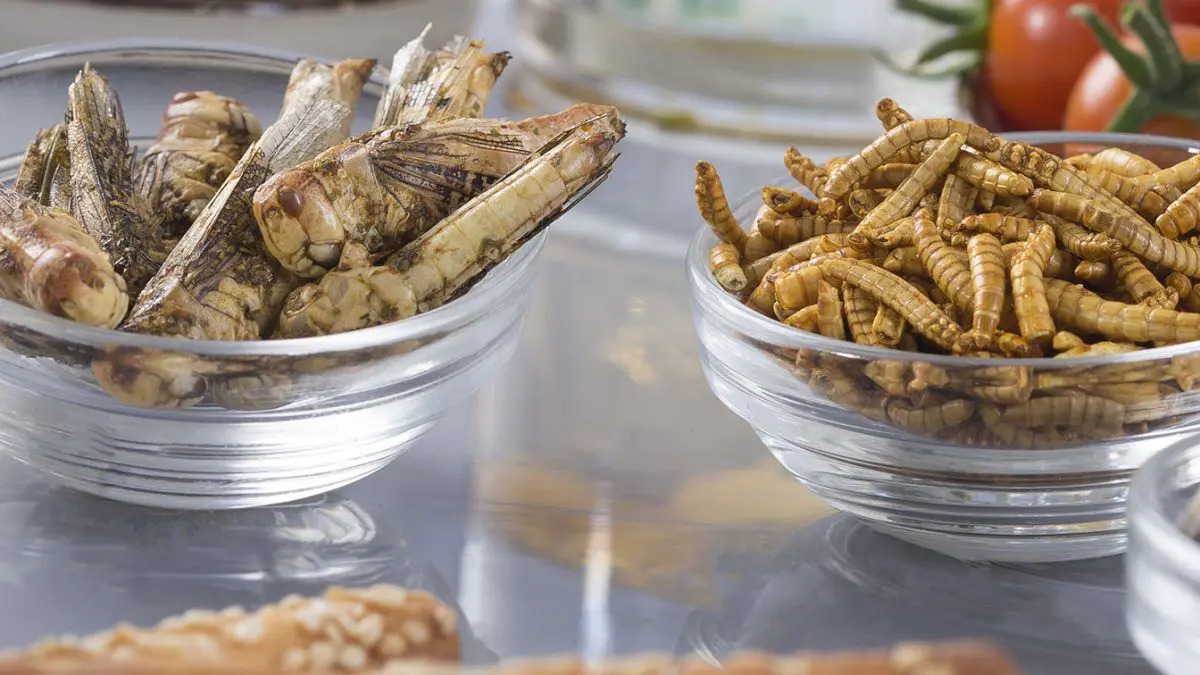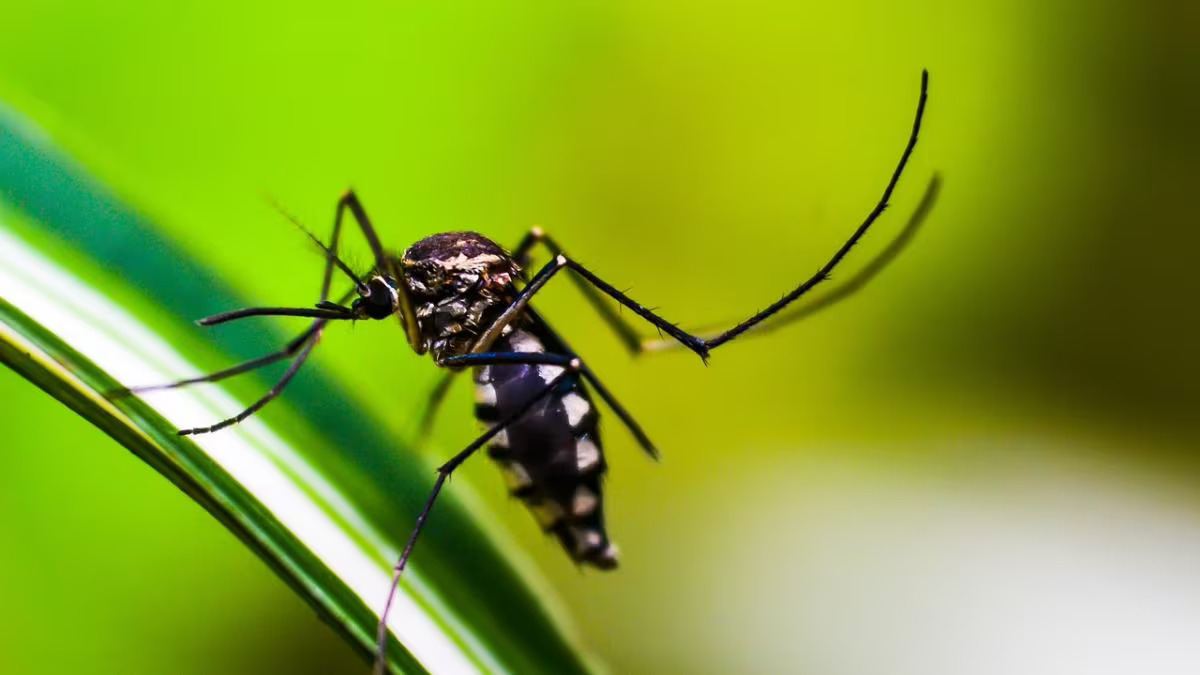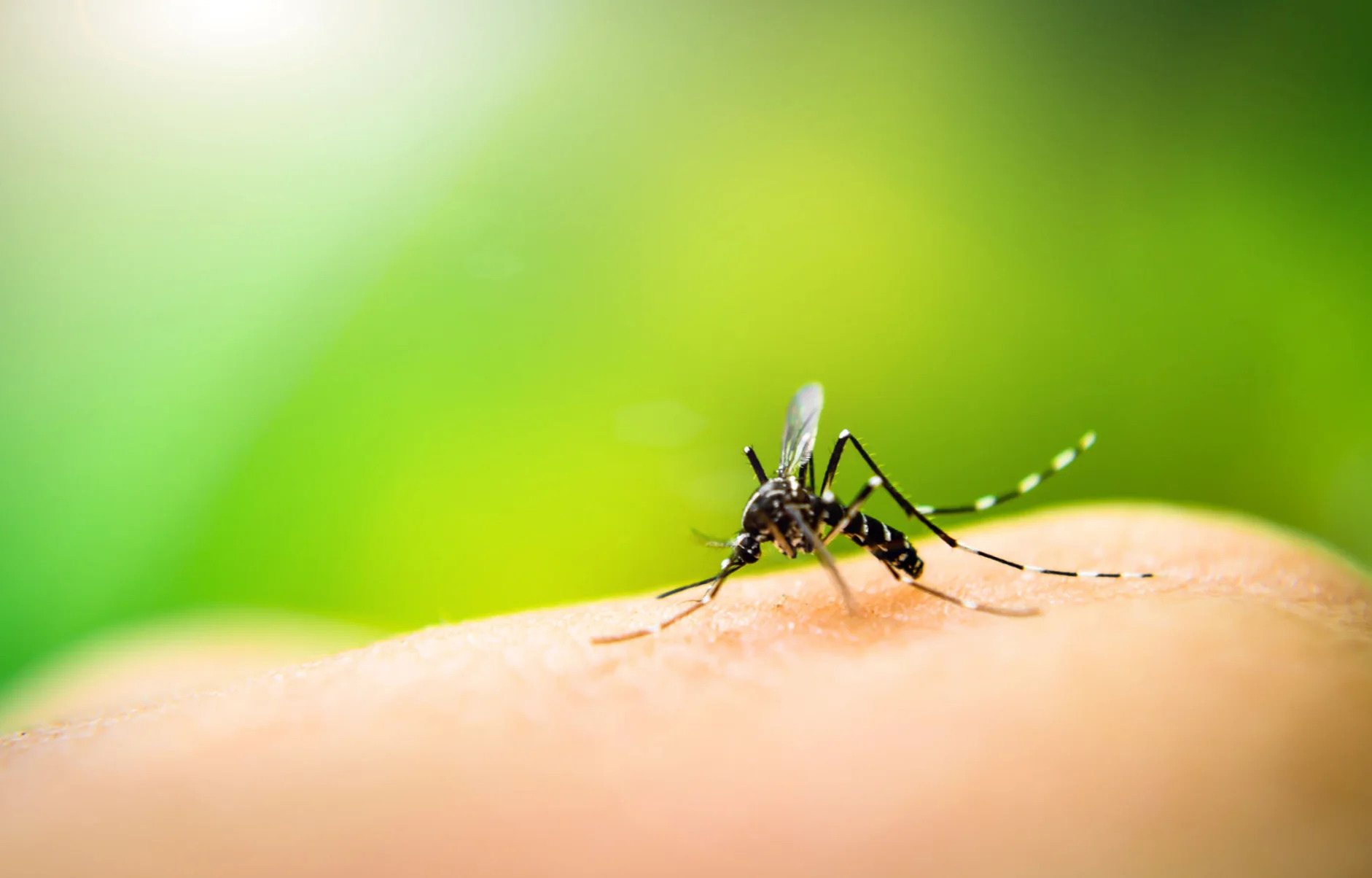Home>Gardening News and Trends>Latest News>How To Tame Insects In Grounded


Latest News
How To Tame Insects In Grounded
Modified: January 22, 2024
Learn the latest news on how to effectively tame insects in Grounded. Discover essential tips and tricks to survive in this miniature world.
(Many of the links in this article redirect to a specific reviewed product. Your purchase of these products through affiliate links helps to generate commission for Chicagolandgardening.com, at no extra cost. Learn more)
Table of Contents
Introduction
Welcome to the world of Grounded, a unique survival game where you find yourself mysteriously shrunken down to the size of an insect. As you navigate through the vast and treacherous suburban backyard, you quickly realize that surviving against the formidable inhabitants of the insect kingdom is no easy task. Insects of all shapes and sizes roam the environment, bringing both danger and opportunity for resourceful players.
In this guide, we will explore various strategies and techniques to help you tame the insects in Grounded. Whether you’re looking to gather resources, protect your base, or simply coexist peacefully with the creatures of the backyard, understanding how to handle the insect population is crucial.
Before we delve into the specifics, it’s important to note that the insects in Grounded have unique behaviors and characteristics. Some may attack on sight, while others can be tamed and used for various purposes. Understanding their behavior and finding ways to control them will be key to your survival.
So, grab your magnifying glass and let’s embark on this exciting journey to conquer the insect kingdom in Grounded!
Understanding Insects in Grounded
Before you can effectively tame and control insects in Grounded, it’s important to have a good understanding of the different types of insects you’ll encounter in the game. Each insect has unique behavior patterns, strengths, and weaknesses. Let’s take a closer look at some of the main insect species you’ll come across:
- Ants: Ants are one of the most common and abundant insects in Grounded. While they may seem harmless individually, they can become quite a nuisance when they gather in large groups. They primarily scavenge for food and will defend themselves if provoked.
- Beetles: Beetles are bigger and tougher than ants. They are formidable opponents and should be approached with caution. Some beetles have a protective shell that makes them more resistant to damage, making them difficult to defeat in combat.
- Spiders: Spiders are dangerous predators that lurk in dark corners, waiting for unsuspecting prey. They have the ability to climb walls and build webs to catch their victims. Engaging in combat with a spider requires careful planning and agility.
- Mosquitoes: Mosquitoes are flying insects that are known for their annoying bites. In Grounded, they can drain your character’s health, making them a constant threat. Ensuring you have adequate protection against mosquito bites is essential to maintain your well-being.
- Ladybugs: Ladybugs are relatively harmless insects that can be tamed and used as mounts in the game. They are small and agile, allowing you to traverse the environment more quickly. Taming a ladybug requires patience and the right approach.
Understanding the behavior of each insect species is the key to successfully taming and controlling them in Grounded. Each insect has specific vulnerabilities that can be exploited to your advantage. By studying their patterns and observing their interactions, you can develop effective strategies to tame or defend against them.
Remember, in Grounded, insects play a vital role in the ecosystem. They provide resources such as meat and materials that can be used for crafting. Finding a balance between taming and controlling insects is essential to surviving and thriving in the challenging micro world of Grounded.
Building Insect Traps
One effective way to control the insect population in Grounded is by building traps specifically designed to capture them. Traps can help you gather resources, defend your base, and even tame certain insects. Here are a few types of traps you can construct:
- Pitfall Trap: The pitfall trap is a simple yet effective way to capture ground-dwelling insects, such as ants and beetles. To build a pitfall trap, dig a hole in the ground and cover it with grass or leaves to conceal it. When insects walk over the trap, they fall into it and become trapped. You can then collect them for resources or use them for other purposes.
- Spider Web Trap: Spiders naturally build their webs to catch prey, but you can take advantage of this by intentionally attracting them to a specific area. Place anchor points for the spider webs, such as tree branches or poles, and lure spiders to them using bait. Once the spiders have built their webs, you can harvest the silk for crafting or use the webs as a defense mechanism against other insects.
- Luring Trap: Luring traps are an excellent method for attracting specific insects to a designated area. You can create a luring trap by placing specific items or food that insects are attracted to in proximity to your desired location. For example, placing rotten meat or berries near your trap can draw mosquitoes or ants towards it. Once the insects are lured in, you can easily capture or deal with them according to your needs.
- Flytrap: If you’re looking to control flying insects like flies or mosquitoes, a flytrap can be a handy tool. Build a large cone-shaped structure with an opening at the top and place bait inside, such as spoiled food or flowers. The flying insects will be attracted to the bait and enter the trap but will have difficulty finding their way out. You can then dispose of them or use them in various recipes.
Building insect traps requires careful planning and knowledge of the insects’ behavior. By strategically placing traps in areas where insects are known to frequent, you can effectively control their population and mitigate potential threats to your base. Experiment with different trap designs and bait combinations to maximize your success in capturing and controlling insects.
Crafting Insect Repellents
Insect repellents are a vital tool for keeping pesky insects at bay in Grounded. They can help protect you from bites, reduce the chances of being attacked, and provide a safer environment around your base. Here are a few insect repellents that you can craft:
- Insect Repellent Spray: The insect repellent spray is a handy item that you can apply to your character to repel insects. To craft the spray, you will need ingredients such as plant fibers, thistle needles, and glands from various insects. Combine these items in a workbench to create the insect repellent spray. Simply equip it in your inventory and use it when needed to create a protective barrier against insects.
- Torch: Another effective way to ward off insects is by carrying a torch. The light emitted by the torch can help keep insects at bay, especially those that are sensitive to light, such as spiders. Craft a torch by combining dry grass chunks and sprigs. Make sure to keep the torch lit to maximize its effectiveness as an insect deterrent.
- Insect Armor: Crafting insect armor can provide you with an additional layer of protection against insect attacks. Insects like ants and beetles have strong mandibles that can inflict significant damage. By creating armor from the exoskeletons or parts of larger insects, you can increase your defense and minimize the impact of their attacks on your character.
- Mosquito Net: Mosquitoes can be a real nuisance in Grounded, but with a mosquito net, you can keep them at bay while you rest. Craft a mosquito net by using woven silk, which can be obtained by harvesting spider webs. Simply place the mosquito net above your sleeping area to create a protective barrier against mosquito bites during nighttime.
When crafting insect repellents, pay attention to the necessary ingredients and resources required. Some items may be more challenging to obtain, but the benefits they provide make them worth the effort. Experiment with different repellents and find the ones that work best for your playstyle and objectives.
Remember, these repellents are not foolproof, and some insects may still be able to approach or attack you. It’s essential to remain vigilant and be prepared for encounters with insects, even with the use of repellents. Use a combination of traps, repellents, and defensive strategies to create a well-rounded approach to dealing with the insects in Grounded.
Using Natural Methods to Control Insects
While traps and repellents are effective ways to control insects in Grounded, there are also natural methods you can utilize to limit their presence and influence. Here are a few techniques you can employ:
- Planting Insect-Repelling Plants: Certain plants naturally repel insects due to their scent or properties. By strategically planting these plants around your base or in your garden, you can deter insects from approaching. Examples of insect-repelling plants include mint, lavender, citronella, and marigold. Not only do these plants serve as natural barriers, but some of them can also provide additional resources for crafting or cooking.
- Creating a Fungal Garden: Fungi can be powerful allies in your battle against insects as some fungi are natural insecticides. Cultivating a fungal garden by growing mushrooms or other fungi can help prevent insect infestations. The spores released by the fungi can repel or kill certain insects on contact, keeping them away from your base or crops.
- Attracting Predatory Insects: Encouraging the presence of natural predators can help control the insect population in your immediate surroundings. Some insects, like spiders and praying mantises, prey on other insects. By creating habitats that attract these predatory insects, you create a natural balance that keeps the insect population in check. This can be done by leaving patches of tall grass, providing enticing food sources, or creating shelters for these beneficial creatures.
- Proper Waste Management: Maintaining good hygiene and proper waste management is crucial in controlling insect populations. Insects are attracted to decaying organic matter, so make sure to dispose of food waste and other organic materials far away from your base. This reduces the likelihood of attracting pests and prevents potential infestations.
These natural methods not only provide an environmentally friendly approach to insect control but also enhance the immersion and realism of your gameplay experience. Experiment with different combinations of plants, fungi, and attractants to find the best natural methods that work for your specific situation.
While natural methods can be effective, it’s important to note that they may not completely eradicate all insects from your surroundings. It’s essential to use a combination of natural methods, traps, and repellents to create a comprehensive approach to insect control in Grounded.
Protecting Your Base from Insects
When playing Grounded, one of your main priorities is to protect your base from the constant threat of insects. These tiny adversaries can cause damage to your structures, steal resources, and disrupt your progress. Here are some strategies to effectively defend your base:
- Build Strong Defensive Structures: Creating sturdy walls and barriers around your base can help deter insects from entering. Constructing walls out of durable materials, such as clay or acorn shells, can provide an extra layer of protection. Make sure to seal any gaps or vulnerable areas that insects may exploit for entry.
- Use Defensive Traps: Incorporating defensive traps into your base design can serve as a first line of defense against invading insects. Place traps strategically near entrances or areas where insects are likely to approach. Pitfall traps, spike traps, or even plant-based traps can immobilize or eliminate insects, giving you time to react and defend your base.
- Establish Perimeter Pillars: Erecting tall pillars around your base can act as a physical barrier to deter insects from approaching. Be creative with your designs, utilizing sturdy materials like grass or acorns to construct these pillars. Make them tall enough to discourage insects from attempting to climb and breach your defenses.
- Utilize Defensive Turrets: Craft and place defensive turrets around your base to automatically target and attack approaching insects. Consider using different types of turrets, such as arrow turrets or spike traps, depending on your available resources and the threat level of the insects in your area. Regularly check and refill the ammunition for optimal effectiveness.
- Lighting for Protection: Insects, particularly those that are active during the night, can be deterred by proper lighting. Install light sources, such as lanterns or torches, around the perimeter of your base to create a well-lit environment. This not only discourages insects from coming too close but also improves visibility for you to spot any potential threats.
Remember, a well-protected base requires consistent maintenance and diligence. Regularly check for any damages or weak points in your defenses and repair them promptly. Stay aware of any changes in the insect activity patterns around your base and adjust your defensive strategies accordingly.
With a well-thought-out base defense plan in place, you can feel confident and secure as you go about your adventures in the world of Grounded.
Tips for Taming Insects
Taming insects in Grounded can provide numerous benefits, from gathering resources to using them as allies. Here are some helpful tips to increase your success in taming insects:
- Observe and Learn: Take the time to observe the behavior and habits of the insects you wish to tame. Understanding their preferences for food, their movement patterns, and their reactions to different stimuli can greatly enhance your chances of successful taming.
- Offer the Right Bait: Different insects have different food preferences. Find out what particular insects are attracted to and use that as bait to gain their trust. Experiment with different types of food, such as berries, meat chunks, or specific plant materials, to determine the most enticing bait for each insect.
- Approach with Caution: When approaching an insect for taming, do so slowly and calmly. Sudden or aggressive movements can startle them and make them more resistant to being tamed. Maintain a relaxed posture and gently offer the bait within their reach.
- Patience is Key: Taming insects can take time. Be patient and persistent in your efforts. It may require several attempts and interactions before an insect becomes comfortable enough to be tamed. Keep trying, and eventually, your patience will be rewarded.
- Establish Trust: Interact with the insects in a non-threatening way to build trust. Avoid harming or provoking them unnecessarily. Gradually increase your level of interaction and proximity as they become more comfortable with your presence. This will make the taming process smoother and more successful.
- Provide a Comfortable Habitat: Once you have tamed an insect, create a suitable habitat that mimics their natural environment. Ensure there is enough space, suitable food sources, and any other specific requirements they may need. Providing a comfortable living space for your tamed insects will increase their overall happiness and cooperation.
- Don’t Overlook Maintenance: Tamed insects require regular attention and care. Keep an eye on their well-being and address any needs they may have, such as feeding or environmental adjustments. Neglecting their upkeep may result in them becoming unruly or uncooperative.
Remember, not all insects in Grounded can be tamed, so focus your efforts on the ones that show signs of potential taming. Each tamed insect can serve different purposes, from resource gathering to assisting in combat or transportation.
By following these tips and building a strong bond with your tamed insects, you’ll unlock their full potential and gain valuable companions in your journey through the fascinating world of Grounded.
Conclusion
Controlling and taming insects in Grounded is an essential aspect of surviving in the challenging micro world. By understanding the behaviors of different insects, building traps, crafting repellents, using natural methods, and protecting your base, you can establish control over the insect population while reaping the benefits they offer. Taming insects adds another layer of gameplay depth, allowing you to utilize their unique abilities and resources to your advantage.
Remember, each insect species has its own characteristics and behaviors, requiring specific strategies for effective control or taming. Experimentation and observation are key to discovering what works best in your particular situation.
Whether you’re gathering resources, defending your base, or crafting new items, the knowledge and skills gained from taming and controlling insects will greatly enhance your gameplay experience in Grounded. The micro world is full of challenges, but with the right tactics and understanding, you can navigate this dangerous and intriguing environment with confidence.
So, go forth and become the master of the insect kingdom in Grounded – tame, control, and thrive in this vast backyard adventure!

